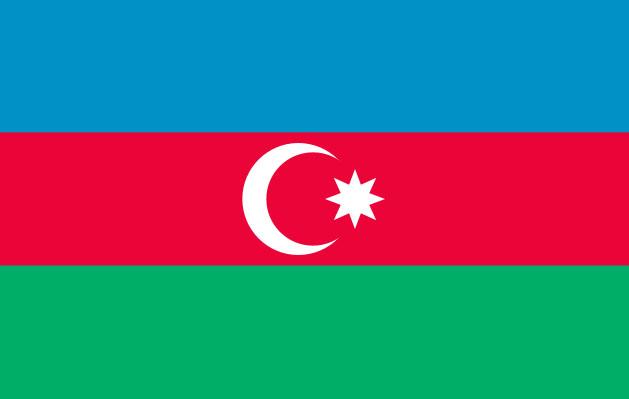Oman: an entrepôt on the maritime trade routes
The Omani people’s initial interest in the sea in the third century BC was probably a result of the following: Oman’s location at the cross-roads between South East Asia, the Middle East and Africa; its long shorelines; and its safe natural harbours in Muscat, Sohar and Qalhat, which become successful trading posts for maritime trade from and to East and West. However, by the 10th century AD, Sohar had become one of the wealthiest cities in the Islamic world, with a reputation not only for selling Frankincense, but also goods like pearls, dates, horses and locally-mined copper. Trade later extended to Africa, but the importance of the Red Sea route was reduced first by the discovery of the Cape of Good Hope in 1498 and then by the building of the Suez Canal in 1869. While no longer a sea power, Oman still controls the Straights of Hurmuz, which sees the passage of over 50% of the world’s oil supplies.




